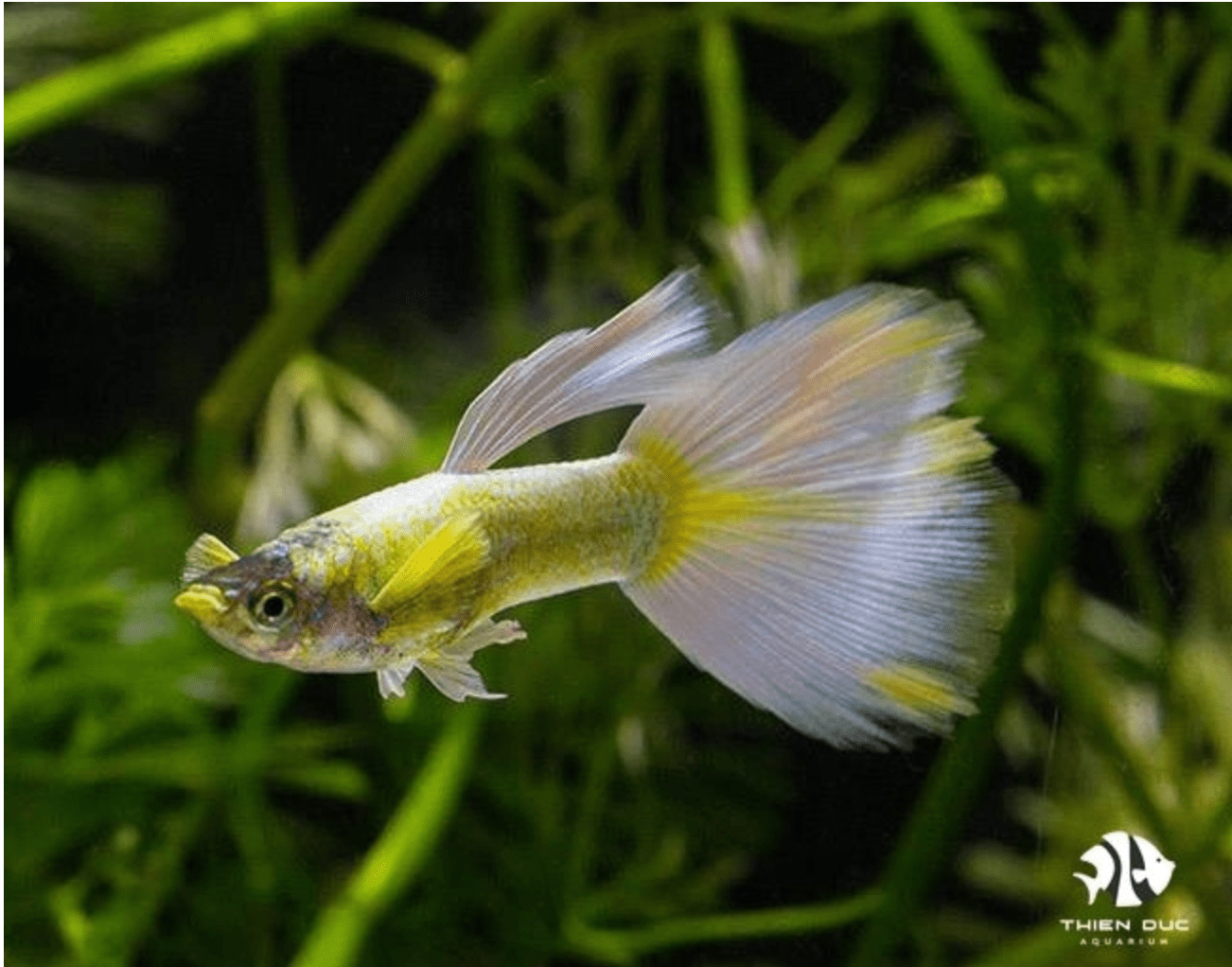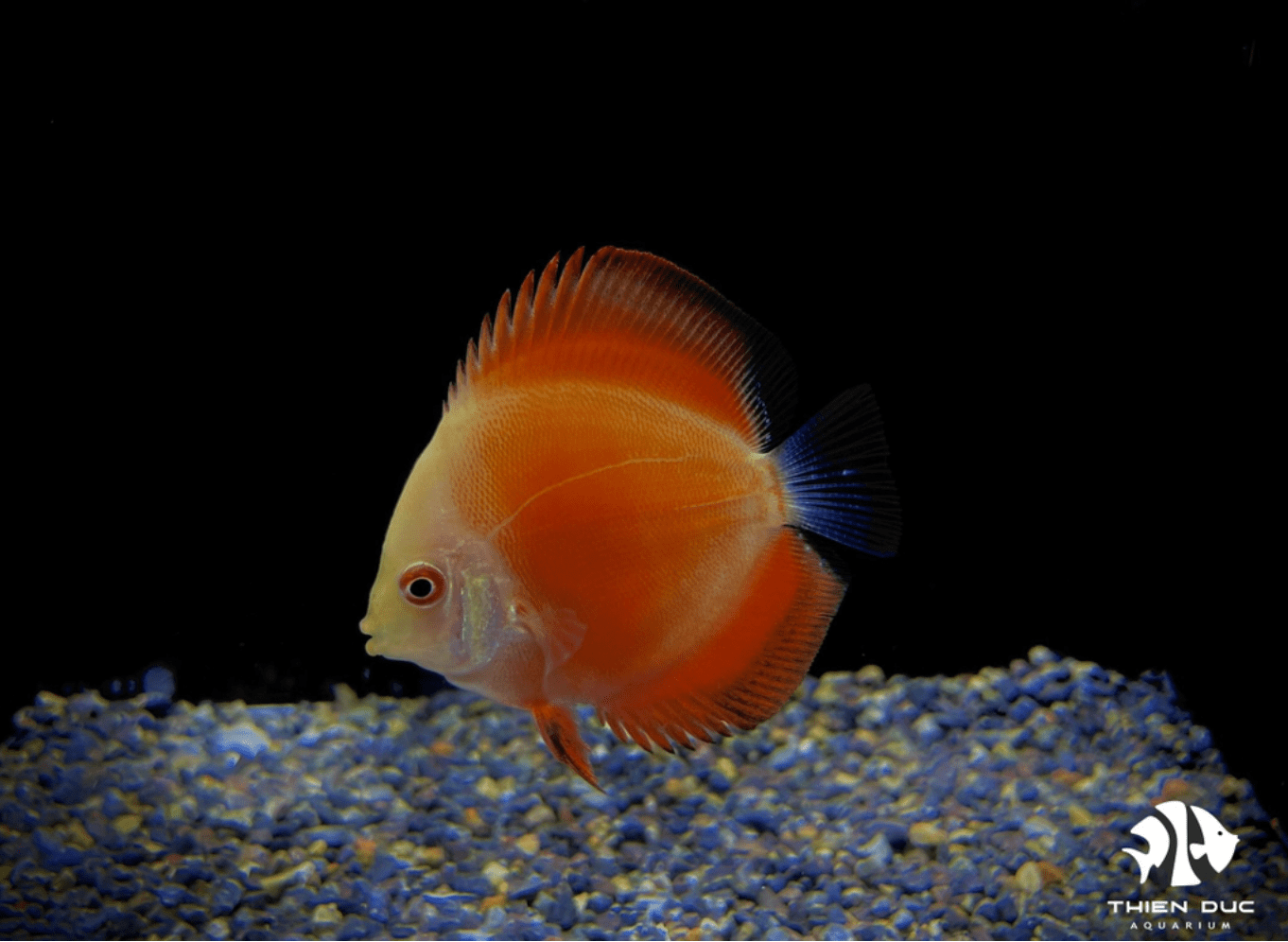Clownfish Breeder: Expert Tips for Successful Breeding
Clownfish are a cornerstone of any reef tank, and the joy of raising them from tiny eggs to fully-grown adults is immense. At THIENDUC AQUARIUM, we have built a reputation for providing high-quality marine and freshwater fish to discerning customers across Europe, including the UK, France, Germany, and the Netherlands. Our expertise is not just in supplying beautiful fish, but in understanding their biology and helping our clients succeed. This article serves as your definitive manual, offering expert insights to help you successfully breed clownfish and nurture their young.
Preparing for Breeding
The foundation of any successful breeding program lies in meticulous preparation. This stage is crucial, as it sets the environment and conditions necessary for your clownfish to feel secure and ready to reproduce.

Choosing the Right Pair
Selecting a healthy, compatible pair is the first and most critical step. Clownfish exhibit protandrous hermaphroditism, meaning all clownfish are born male. The dominant fish in a pair will undergo a sex change to become the female, while the smaller, submissive fish remains the male. The key is to find two healthy juveniles and let them naturally pair up in your tank. The Ocellaris clownfish (Amphiprion ocellaris) is highly recommended for beginners due to its resilience and proven breeding success. Look for a pair that displays a clear size difference and shows a strong, non-aggressive bond. The quality of the broodstock is paramount, and at THIENDUC AQUARIUM, we source our marine fish from the best farms to ensure you start with the strongest genetic stock.
Setting Up the Breeding Tank
The breeding tank should be a dedicated space, separate from your main display tank, to ensure the eggs and fry are not consumed by other tank inhabitants. An ideal size is between 20 to 40 gallons, providing ample space for the pair to establish a territory without being overwhelmed. The tank's equipment should be simple and reliable. A robust heater and thermometer are essential for maintaining a stable water temperature between 78-82°F (25.5-27.8°C). A gentle sponge filter is the preferred choice, as it provides biological filtration without creating a strong current that could harm delicate fry. An air stone is also vital for ensuring proper oxygenation. While not strictly necessary, providing a suitable substrate for egg-laying, such as a clean terracotta pot, a flat rock, or even a piece of live rock, is highly beneficial. A smart clownfish breeder knows that a sterile, yet comfortable, environment is best.
Conditioning the Pair
Once your pair is comfortable in their new home, the next step is to condition them for breeding. This involves providing a high-quality, varied diet to ensure they are in peak health. Feed your pair a mix of enriched foods, including spirulina, frozen mysis shrimp, and enriched pellets. Regular feedings, two to three times a day, will not only improve their health but also stimulate spawning behavior. You'll know your pair is ready when you observe them meticulously cleaning a chosen nesting site. The female's belly may also appear swollen with eggs, a clear indication that spawning is imminent. A prepared clownfish breeder pays close attention to these subtle cues.
The Spawning Process
Observing the spawning ritual is one of the most exciting moments for any clownfish breeder. It is a testament to the hard work you’ve put into creating the perfect environment.
Recognizing the Signs
The days leading up to spawning are marked by several key behaviors. The male will become increasingly assertive, performing a characteristic mating dance that involves twitching and shaking in front of the female. Together, they will diligently clean the chosen nesting site, meticulously preparing the surface for the eggs. The female's abdomen will appear noticeably distended with eggs. This is a clear sign that you should prepare to either move the eggs or set up a separate rearing tank for the fry.

Egg Laying and Care
The actual spawning process typically occurs in the late afternoon or early evening. The female will carefully lay her eggs in rows or a circular patch, while the male follows closely behind to fertilize them. The eggs are a vibrant orange color initially, and the number can range from a few dozen to over a thousand. The incubation period is usually 7 to 10 days, depending on the water temperature. During this time, the male assumes the primary role of guarding and fanning the eggs to ensure proper oxygen flow and prevent fungal growth. He will tirelessly fan the eggs with his fins and occasionally mouth them to remove debris or dead eggs. This parental care is what sets a true clownfish breeder apart.
Raising the Fry
The most challenging, yet rewarding, part of the process is raising the fry. The survival rate of the tiny larvae depends heavily on your diligence and timing.
Hatching and Larval Stage
The eggs are due to hatch at night, typically just after the tank lights go out. The color of the eggs will change from a bright orange to a silvery-grey a day or two before hatching, as the larvae's eyes and bodies develop. The larvae are incredibly small, resembling tiny specks of dust with a small yolk sac. This is the stage that is most at risk. A successful clownfish breeder will either remove the eggs from the parents' tank a day before hatching or, more commonly, use a light to attract the newly hatched fry into a separate rearing tank. The fry are extremely delicate and should never be exposed to the strong flow of a powerhead or filter.
First-Stage Feeding
For the first 24-48 hours, the fry will live off their yolk sac. After this period, they must have a readily available food source. Rotifers are the most crucial first food. These microscopic organisms are the perfect size for the tiny fry’s mouths and are essential for their survival. You must maintain a dense culture of rotifers in the rearing tank at all times, ensuring the fry never go hungry. This continuous feeding is non-negotiable for high survival rates. A methodical clownfish breeder will have their rotifer cultures prepared well in advance of the hatch date.
Transitioning to Larger Foods
After about 7 to 10 days, the fry will have grown significantly and will be ready to transition to larger food sources, such as newly hatched baby brine shrimp. This is a pivotal time for transformation. The fry will begin to develop their distinct stripes and change their shape, morphing from the larval stage into miniature clownfish. Gradually introduce the baby brine shrimp while still providing rotifers for a few days to ensure a smooth transition. This is the stage where the clownfish breeder truly sees the fruits of their labor.
Tank upkeep and water changes
Maintaining pristine water quality in the fry tank is paramount. Due to the high-density feeding, water parameters can quickly deteriorate. Gentle, daily water changes are a must. Use a small airline tube to carefully siphon out waste and uneaten food from the bottom of the tank, a process known as turkey basting. Replenish the water with aged, properly conditioned saltwater. Consistent water quality is the single most important factor in preventing fry mortality. Every seasoned clownfish breeder knows this to be true.
Typical Problems and Solutions
Even with the best preparations, a clownfish breeder can encounter challenges. Here are a few typical problems and their fixes.
Pair Won't Spawn
If your pair is not spawning, the most common reasons are diet or environmental conditions. Ensure you are feeding a high-quality, varied diet, and consider adding live foods to their regimen. Check your water parameters to ensure they are stable and within the ideal range. Sometimes, the male needs a bit more conditioning. The best medicine is frequently patience.

Eggs Are Not Hatching
If the eggs are not hatching, the problem usually lies with water quality or temperature. Check your salinity and pH levels, and ensure the temperature is stable. Fungal infections can also be a cause; ensure the male is fanning the eggs diligently. If not, you may need to increase the water flow around the egg clutch.
High Fry Mortality
The most common cause of high fry mortality is a lack of food or poor water quality. Ensure you have a constant supply of rotifers. If the fry are not eating, your food source may be the wrong size or not dense enough. Always perform those daily water changes to remove waste and keep parameters stable.
Conclusion
Becoming a successful clownfish breeder is a rewarding journey. THIENDUC AQUARIUM is your trusted partner, providing high-quality, sustainable fish products to European customers—including both wild-caught and captive-bred fish—along with professional guidance. With the tips in this article, you can successfully raise your own vibrant clownfish and enjoy a meaningful experience.
Contact Information:
-
Address: 57 Le Thi Sieng, Tan Thong Hoi, Cu Chi, Ho Chi Minh City, Viet Nam
-
Mobile: +84903912501
-
Office: +84982577871
-
Email: thien@thienducaquarium.com










